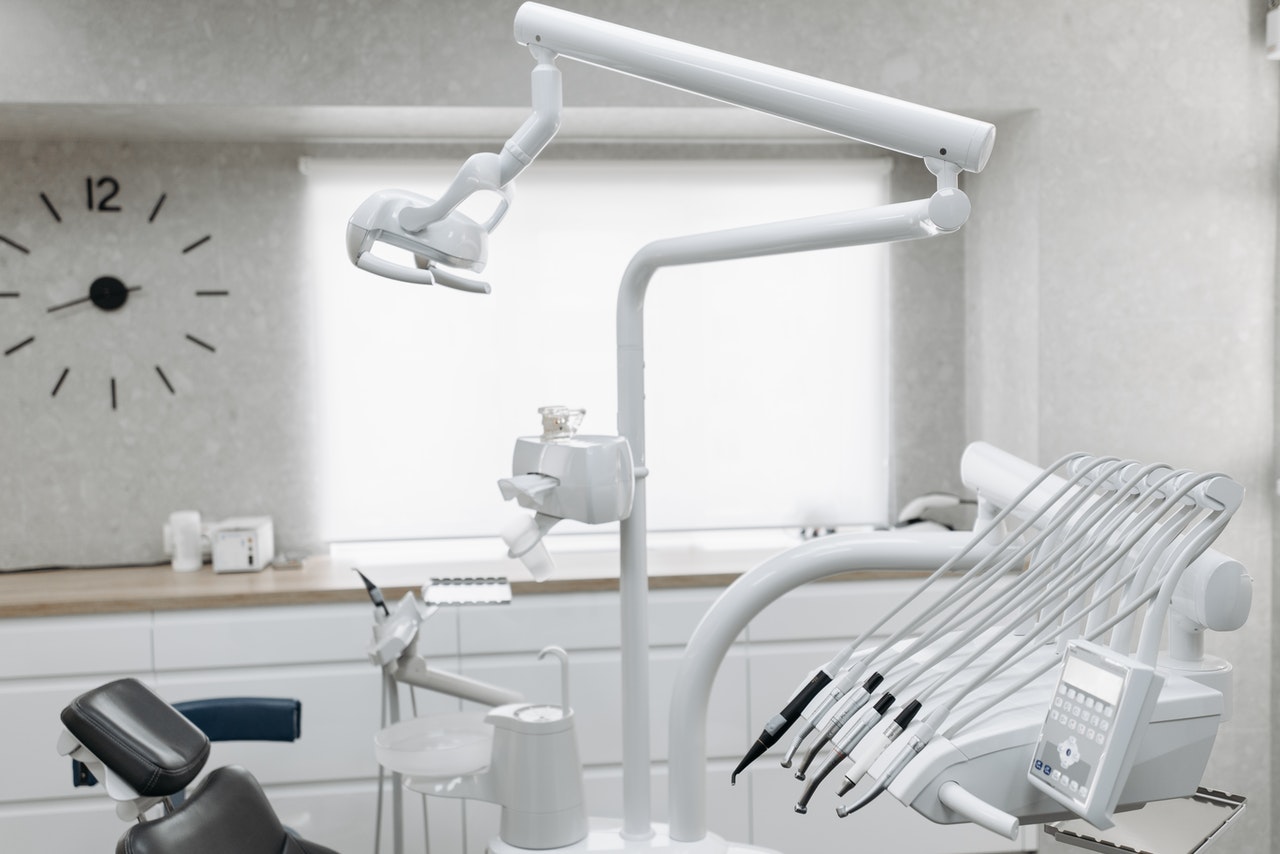Your smile is often the first thing people notice about you, making your teeth a crucial part of your appearance. Dental crowns have become an increasingly popular treatment to enhance and repair teeth, offering cosmetic and restorative benefits. But what materials are commonly used in these dental crowns, and why?
What Are Dental Crowns?
A dental crown is a tooth-shaped cap placed over a tooth to restore its shape, size, and strength, and improve its appearance. Once cemented, the crowns fully encase the entire visible portion of a tooth above the gum line.
Materials Used for Dental Crowns
1. Gold Dental Crowns
These crowns are known for their exceptional durability and strength. They are made from gold, copper, and other metals. Gold crowns are highly resistant to wear and tear and can withstand chewing forces without chipping or fracturing. However, individuals looking for a more natural look might not favor their metallic appearance.
2. Stainless Steel Dental Crowns
Stainless steel crowns are commonly used temporarily, especially in pediatric dentistry. They are cost-effective and provide a temporary protective covering for a tooth while a permanent crown is being crafted. They are durable and do not require multiple dental visits for placement.
3. All-Resin Dental Crowns
These crowns are made from a special type of dental resin. They offer a more natural appearance than other materials but are less durable and more prone to fractures. All-resin crowns are often chosen for their affordability but may not be the best long-term solution for all cases.
4. All-Porcelain or All-Ceramic Dental Crowns
All-porcelain or all-ceramic crowns are prized for their excellent natural color match, making them suitable for front teeth where aesthetics are crucial. They are an ideal choice for individuals with metal allergies. Porcelain tooth crowns are known for their transparency, which mimics the appearance of natural teeth. They offer good durability, although they might be more susceptible to chipping than other materials.
5. Porcelain-Fused-to-Metal (PFM) Dental Crowns
PFM crowns combine the strength of metal with the aesthetics of porcelain. They have a metal core for strength and durability and a porcelain outer layer for a natural appearance. PFM crowns are versatile and can be used for front and back teeth. However, over time, the metal core might become visible as a dark line at the gum line, impacting the overall appearance.
Selecting Dental Crown Material
The process of selecting the appropriate dental crown material involves a combination of factors, and the guidance of a knowledgeable dentist is crucial. Let’s break down these considerations further:
- Tooth’s Location: The tooth’s location to be crowned plays a significant role. Back teeth, which endure more chewing forces, might benefit from stronger materials like gold or porcelain-fused-to-metal (PFM) crowns. For front teeth with paramount aesthetics, all-porcelain or all-ceramic crowns are often preferred due to their natural appearance.
- Functional Requirements: Different teeth have varying functional demands. Molars and premolars must withstand strong chewing forces, so durability is key. For teeth less exposed to biting pressure, aesthetics might be prioritized without compromising too much on strength.
- Aesthetic Preferences: The appearance of the crown matters, especially for front teeth that are visible when smiling. All-porcelain or all-ceramic crowns provide the most natural color match and translucency. However, personal preferences and your desired look are important factors to discuss with your dentist.
- Budget: Cost considerations are important when choosing a crown material. While gold and porcelain-fused-to-metal crowns are more expensive, they often offer greater durability. All-resin or stainless steel crowns might be more budget-friendly options.
- Long-Term Outlook: Your dentist will help you assess the long-term implications of each crown material. Factors such as the material’s durability, potential for wear and tear, and susceptibility to chipping or fractures should be discussed.
- Allergies and Sensitivities: Choosing a material that won’t cause adverse reactions is crucial if you have metal allergies or sensitivities. All-porcelain or all-ceramic crowns are suitable for individuals with such concerns.
- Treatment Timeline: Some materials might require multiple appointments or additional adjustments, impacting the overall treatment timeline. Your dentist can discuss the expected duration for each type of crown.
Other Important Procedures in Dentistry
Teeth Whitening
Dental crowns are often used with other dental procedures to achieve a perfect smile. Another such treatment is teeth whitening. It’s a popular and effective way to boost self-confidence through a brighter, whiter smile. Various teeth whitening solutions, from over-the-counter kits to professional in-office procedures, are available.
TMJ Disorder Treatment
Alongside cosmetic dental treatments and restorative procedures like dental crowns, dentists also deal with conditions that may indirectly affect oral health. One such condition is the Temporomandibular Joint (TMJ) disorder, which involves pain and compromised movement of the jaw joint and the surrounding muscles. It can be effectively managed with a range of treatments, with the selection of an effective TMJ treatment depending on the severity of the condition.
Conclusion
Choosing the right dental crown material is key to a successful procedure. It’s important to discuss with your dental provider, considering factors such as the location of the tooth, the color and appearance, the durability, and of course, the cost. Remember, oral health is important for a beautiful smile and overall health and wellness.

